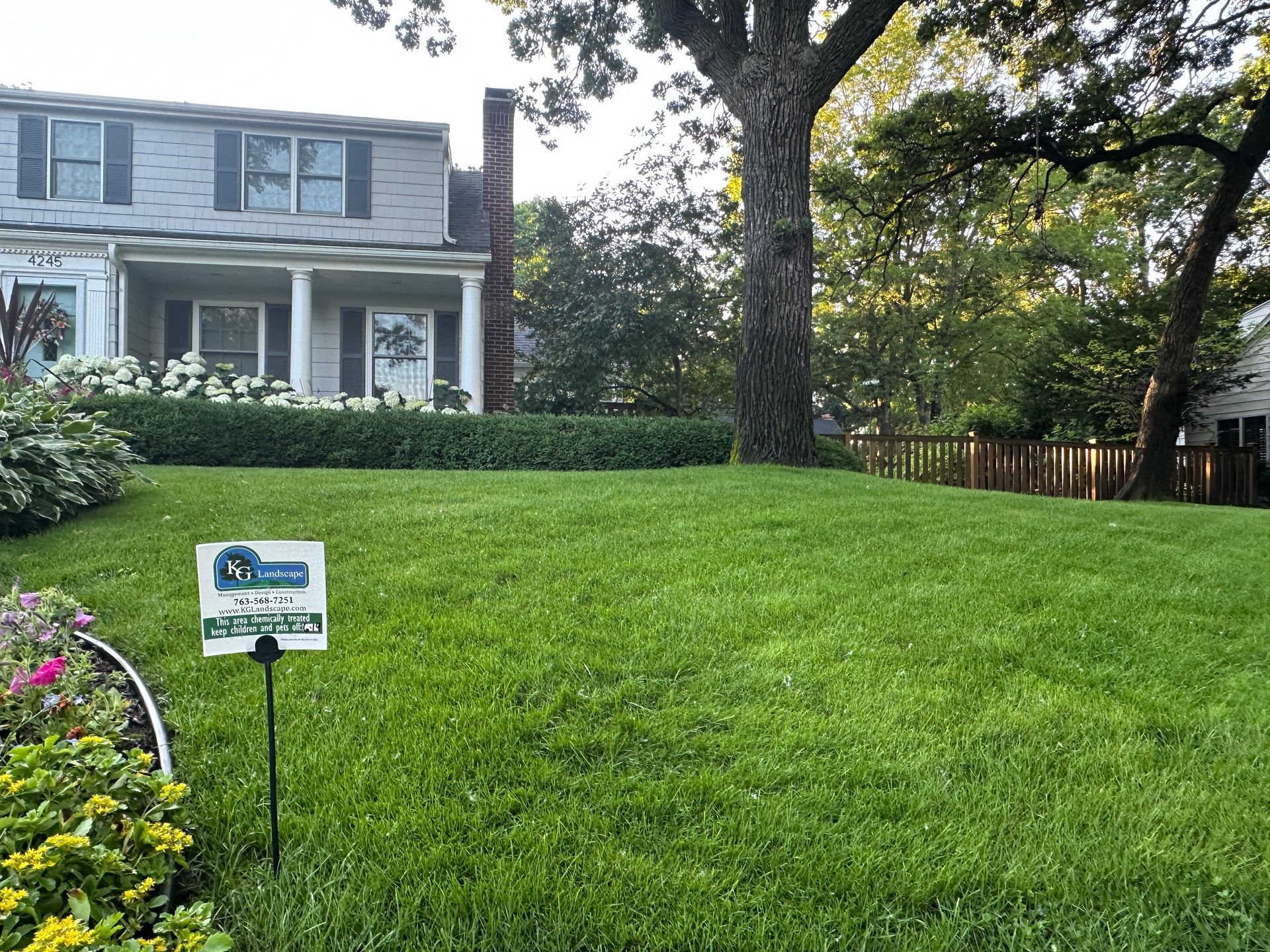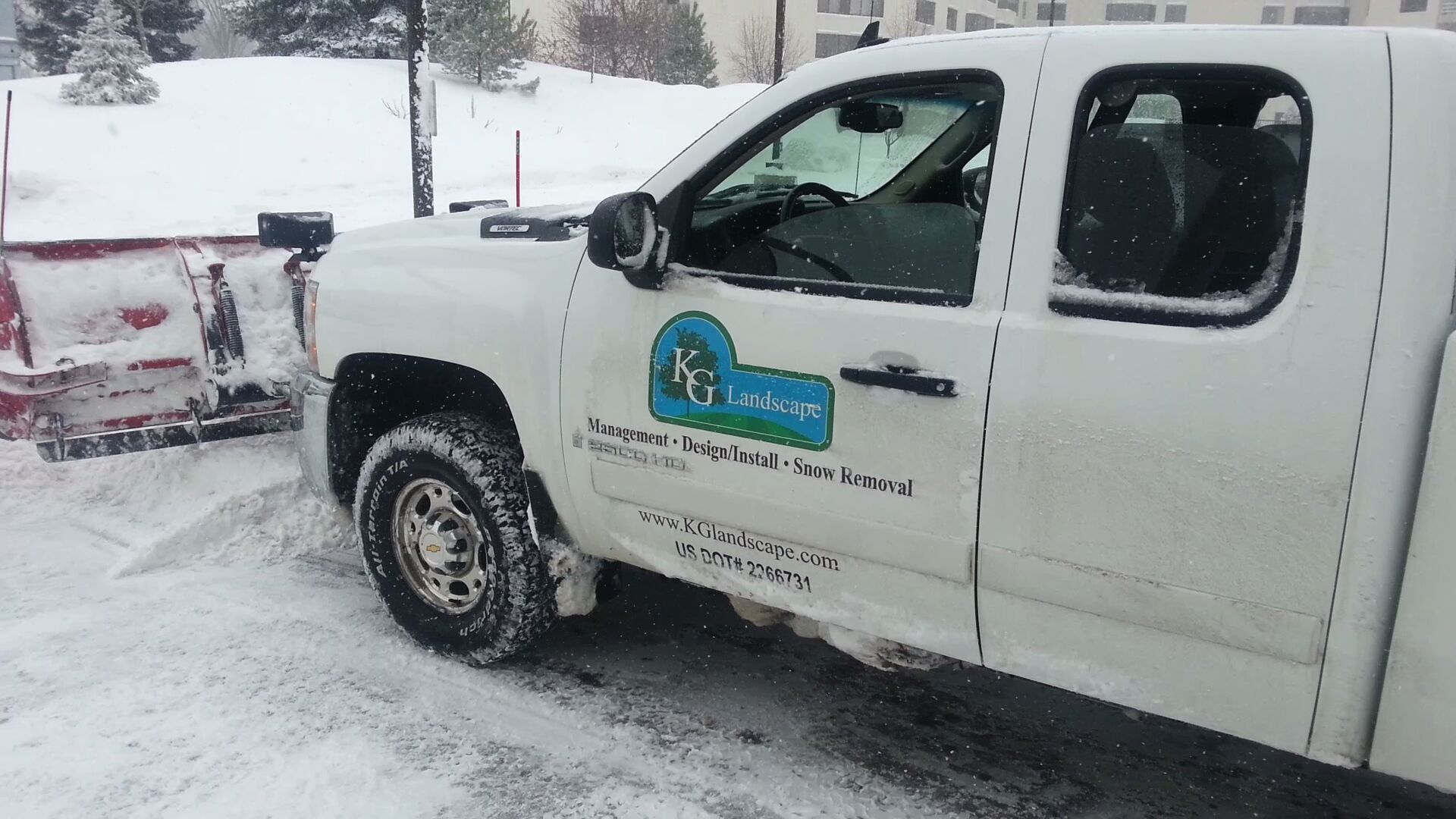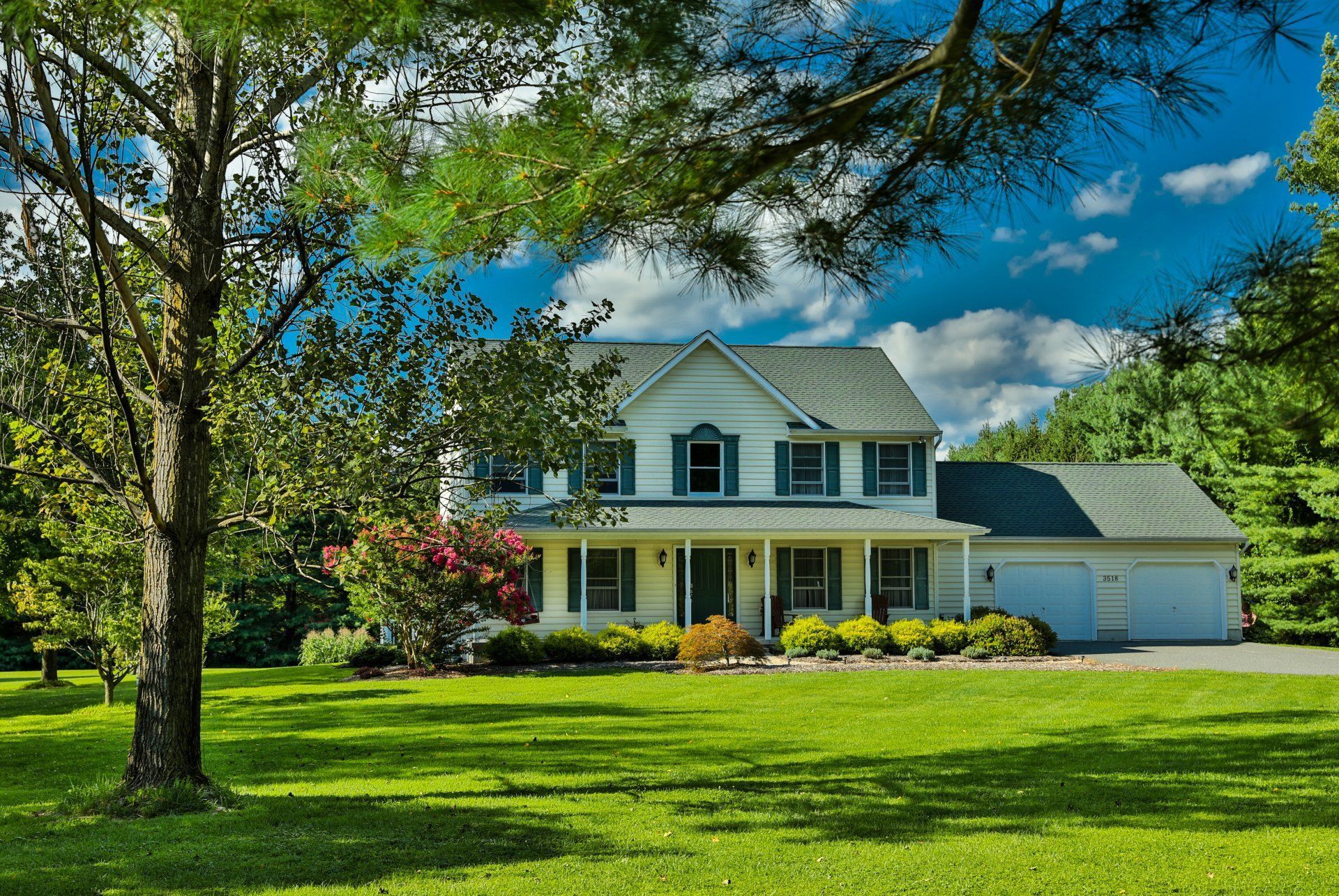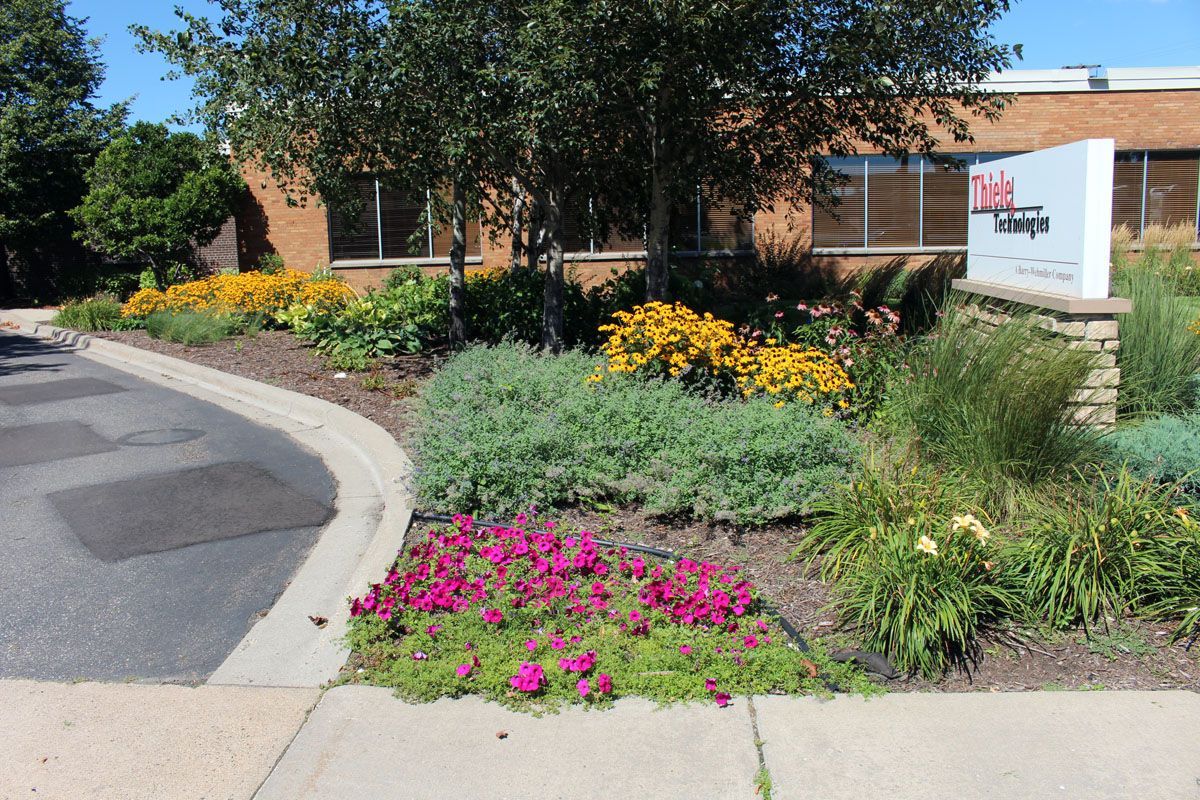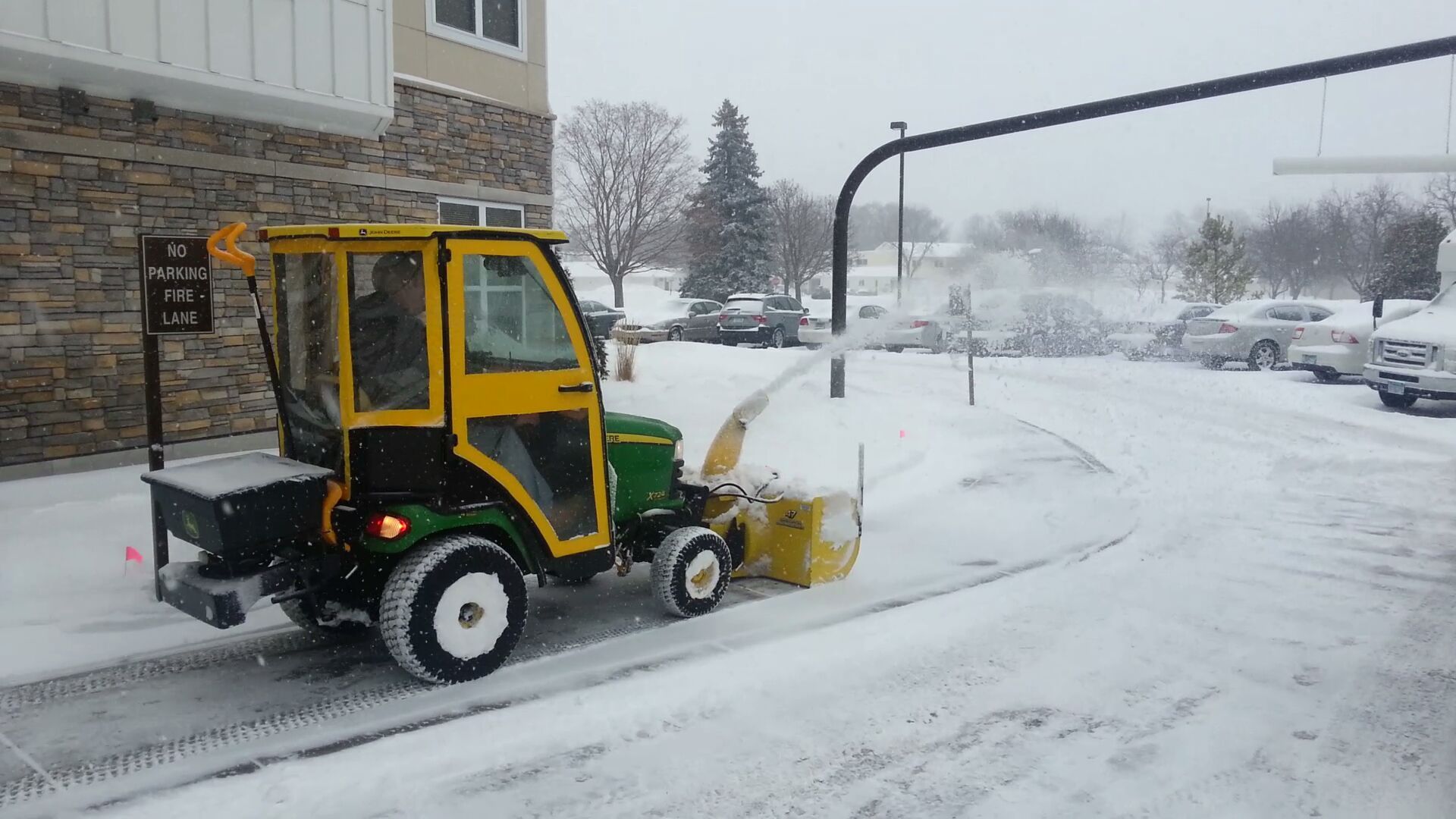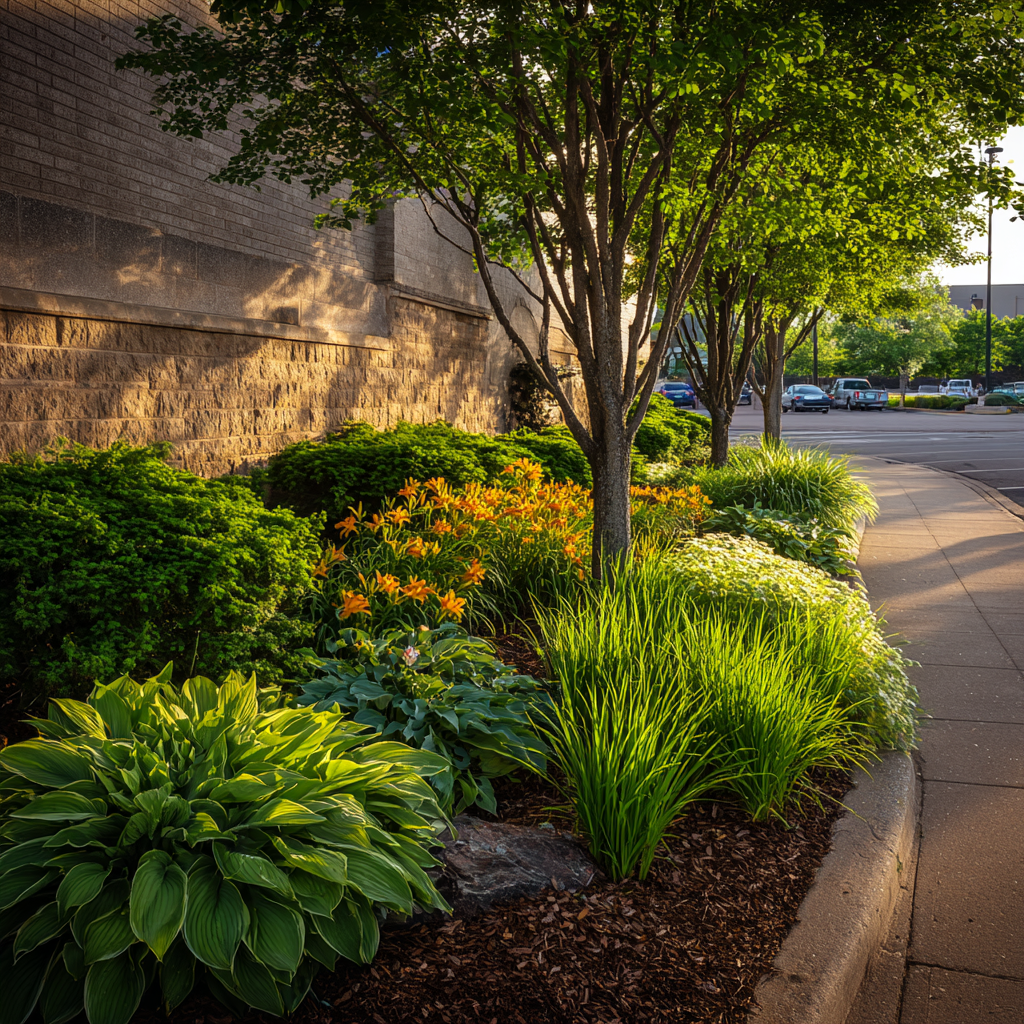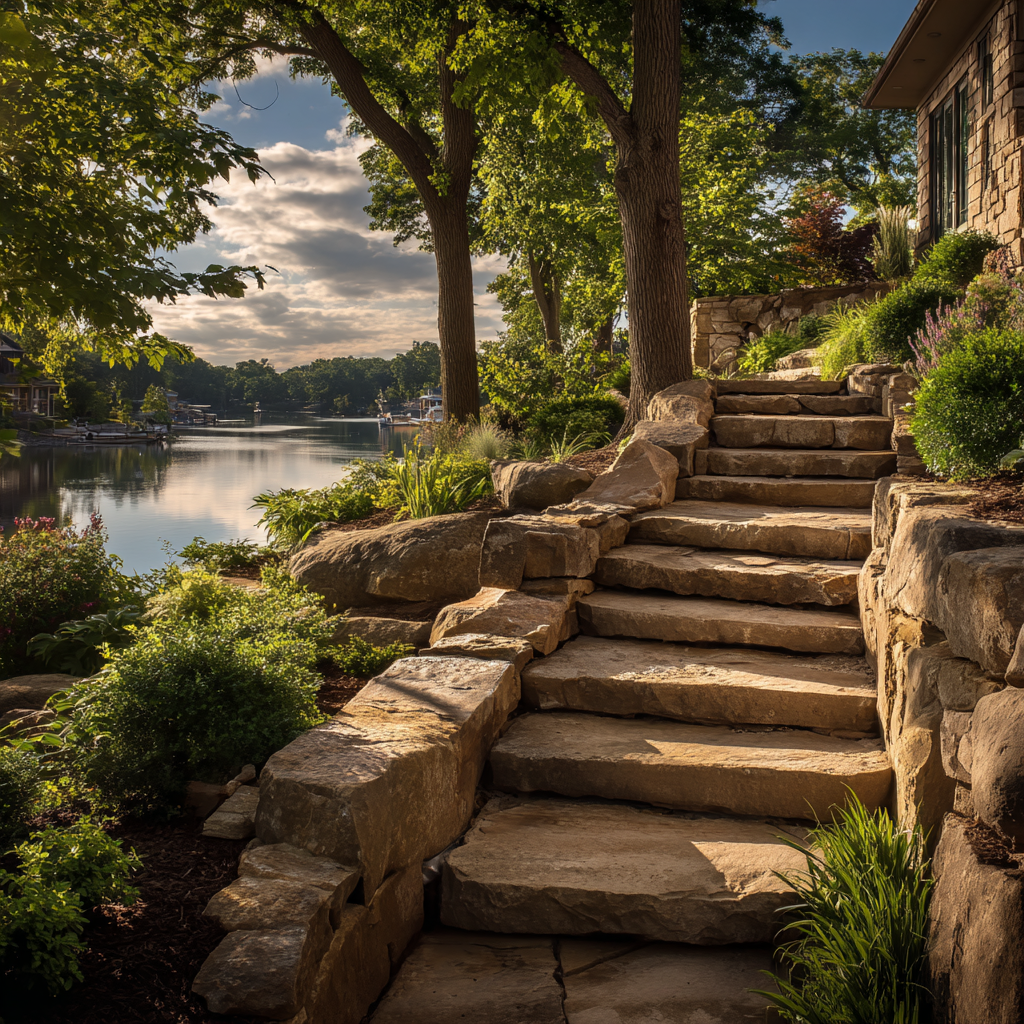How To Winterize Trees In Minnesota (Zone 4-5)
Yes, it’s that time of year again. As we all sadly look over our shoulders at summer, we know what season is swiftly approaching. Fall doesn’t last long here in Minnesota, so before winter hits us all square in the jaw, it’s time to winterize your trees. Unless you want to be out in your winter jacket wrapping trees or putting up screens, you’re going to want to start preparing now.
Your trees face a lot of challenges during the cold season. It’s not just the frigid temperatures that can spell disaster either. Animals can also become an issue in the winter, as they can gnaw on tree bark when food is difficult for them to find. You might need to worry about deer or rabbits, as they have a reputation for tree destruction during winter.
However, there are plenty of steps you can take to deter many of the pitfalls of winter and keep your trees standing tall all year round. Before we get into those, you’ll need a better understanding of all the issues your trees could face this winter.
What Do Your Trees Face In the Winter?
Some of your trees may be native or well-adjusted to Zone 4-5
, which means maintenance can be fairly minimal. Many people think that snow is your biggest hurdle. While weighty snow can wear on branches, it’s not your biggest enemy. In fact, snow layers usually insulate and provide much-needed moisture to the soil and roots of your trees. Even still, there are plenty of challenges that trees face during winter.
Dry winds can be a considerable problem for conifer needles and evergreen foliage. These trees transpire even during winter months and these winds coupled with sunlight can dry out or even burn the needles.
Winter sun can be an issue for trees with darker bark, as they can heat up quickly and then freeze again after the sun goes down. This constant temperature shift can cause the bark to split.
Early cold spells can create a lot of problems for your trees as well. If they haven’t had the opportunity to harden for the winter, they’ll be left exposed, and plant tissue can suffer.
Frozen soil is an obvious issue, as trees can’t properly absorb moisture. During winter, trees lose a lot of vital moisture that gets evaporated or, in the case of conifer trees, is sweated out.
Thaw cycles can also be a potential issue. If the thaw comes too soon (midwinter), plants may be tricked into breaking their dormancy too soon. New growth gets killed off when the cold comes back with a vengeance.
So, as you can see your trees up to their canopy in winter misery. Don’t worry. You can still lend a helping hand in ensuring that they thrive through the cold.
Quick Tips For the Chilly Months Ahead
Perhaps the best way to keep your trees healthy and happy during the wintertime is for them to be healthy going into the cold months. Hopefully, you’ve done your part to keep your trees and plants from being too vulnerable. The growing season is an important time and sets the stage for hard times ahead. Here are some quick tips for prepping your plants, trees, and shrubs for the winter.
Hopefully, you were prepared and performed some of these steps before now. If not, be sure to remember these for next summer. But enough about being proactive during the growing season, what can you do today? Well, let’s get into it.
Winterizing Your Trees
Insulate Your Trees for Winter
One of the best ways to protect your trees during the winter is with proper insulation. Just like with any process, there’s a right way and a wrong way of doing it. Your roots need protection from the cold, and the best way to do it is with mulch. A simple layer of mulch on the top of the soil around the root should do. It’s a great organic solution that offers protection from weeds and retains much-needed moisture. Mulch isn’t just good for winter but also helps all year.
Note: Mulch is there to insulate the roots, not the trunk of your trees. A layer extending around the base of the trunk and where the roots are is all you need. Don’t stack mulch up and around the trunk. In fact, mulch doesn’t need to come into contact with the trunk at all.
Wrap Your Trees for Winter
Perhaps the most beneficial winterizing tip is tree wraps. This simple and extremely helpful solution protects your trees from multiple threats. As we mentioned, animals can be a real problem for trees during winter. As their resources become scarce, they might see your trees as the next best meal. We’ve all been there. Waking up one morning, walking outside and seeing your trees chewed up beyond repair be a deer or rabbit.
Another issue we mentioned was the varying temperatures that the sun and frost can cause. Many trees suffer from winter damage which can snowball into even worse problems. Damage can leave trees vulnerable to fungal issues that can eat a tree from the inside out. Younger trees have an especially difficult time adjusting to fluctuating temperatures so they must be wrapped up until the very last frost. Both of these problems are preventable with tree wraps, a simple and affordable solution.
Prevent Winter-Burn
Many popular trees in Zones 4-5 are conifer trees, evergreens, boxwood, rhododendron, and holly. Unfortunately, all of these are susceptible to winter burn, which happens when the temperature warms up later in the winter or early in the spring. It’s essentially a dehydration injury.
These types of plants and trees have a difficult time getting water back that gets lost during transpiration, which usually isn’t a problem. However, drying winds or sunny spots can cause trees to lose moisture more quickly, leaving them susceptible to winter-burn.
So, how do you prevent this? Well, perhaps the easiest solution is to avoid trees, plants, or shrubs that suffer from these issues. However, some of us love these so we can understand why you’d keep them around. Here’s what you can do.
Need a Hand Preparing for Winter?
Sometimes winterizing your trees can be a real chore. Maybe you don’t have time, or perhaps you don’t know if you’ll do it the right way. Don’t worry, we’ve got you covered. We take great care in providing premier landscaping services to both residential and commercial properties in our community.
Contact us for a quote!
We’d love to lend a helping hand before winter arrives.


